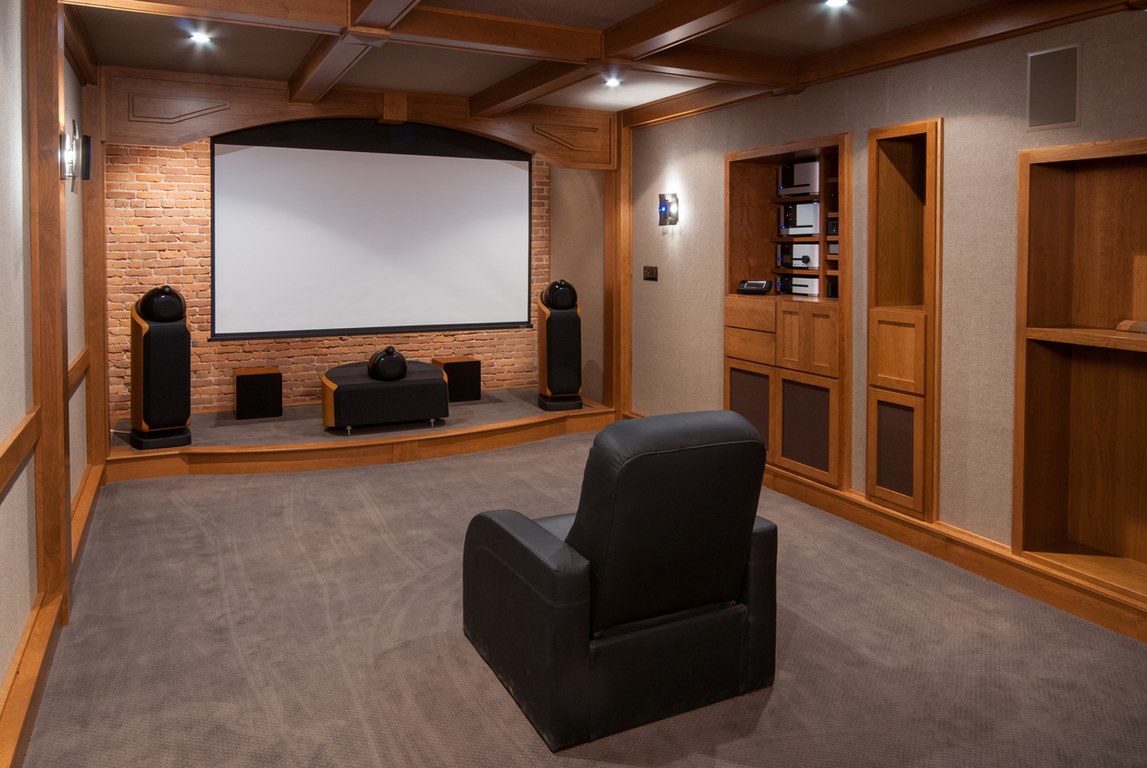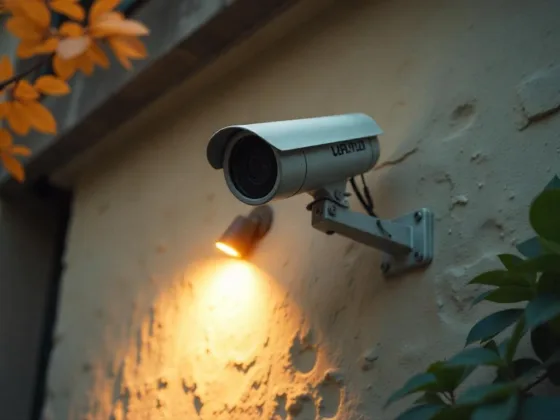The smart home automation market is predicted to grow extremely in the next few years. There are many devices that can be used to automate the home.
Lighting can be controlled through binding with your phone or another smart device, so you never have to worry about leaving the lights on again when you go out for dinner.
Another example is when your air conditioner is about to turn on or off based on your home’s temperature, making it more efficient.

These devices are all very useful and make life a lot easier, but they come at a cost. Even when buying the latest smart technologies, you’re going to be spending upwards of $300 per device, maybe even more for bigger devices such as the heating and cooling system.
If you wanted to automate everything in your home, it would easily cost you well over $2000 for one smart home. This is a very appealing investment in the long term but not in the short term.
If you’re thinking about turning to smart home automation for your home, taking shortcuts will help keep down costs and get you where you want to be.
Before designing your smart home, like adding a home theatre, for example, you should first brainstorm what your needs are and prioritize them.
What kind of smart home do you want to have? Do you want your lights to turn off after a certain time at night? Or perhaps you never want to come home and see a cold house. The possibilities are endless but take some time to come up with an idea first.
Find the cheapest and easiest way to get those features once you know what kind of automation you’d like in your home. If it’s a motion sensor that turns your lights on, try to find one as cheap as possible.
Even if it means buying something older or not as advanced as you were originally looking for, try to keep the price down so you can invest in more important areas of your home.
Another thing you can do to keep your costs down is to look at other devices in the market that offer similar features.
If you find one that’s an older model, it could still be compatible with your current smart technology. This will save you money in the long run if there are fewer updates or changes needed throughout your lifetime.
More advanced automation systems should be the last thing you buy. This will make it easier to budget and invest your money correctly.
Read Also:
How to Design a Home Theatre on a Budget
A Home Theatre system is one of those things that you can design as simply or as complexly as you like.
The cheaper and simpler option is to buy a Smart TV and connect it to your existing sound system. Adding a projector and surround sound system for the more advanced makes for a better theatre experience.
It’s important to start by knowing what kind of theatre experience you’re looking for. This makes it easier to determine what equipment best suits your needs. For example, if the lounge room is large and rarely gets crowded, a projector may not be necessary.
The Smart TV option should suffice for this kind of setup. On the other hand, a smaller room would benefit from the surround sound option because the sound won’t bounce off the walls. This also improves the bass, which is important if you’re watching movies with low dialogue.
A projector is the best option for larger rooms, but it may be worth investing in wireless surround speakers to reduce costs. If this isn’t an option for you, consider sourcing your equipment second-hand or refurbished so you can get the equipment you want for less.
Budgeting
Once you’ve designed your home theatre, budgeting is important. Make sure you’re getting the most out of your money and that everything works together well.
Try to use an HDMI cable instead of a composite one for better sound and picture quality. If upgrading the cables isn’t possible, make sure the projector and AV receiver are HDMI compatible.
Finally, if you’re thinking about buying all this equipment but don’t have enough space in your home, rearrange the layout of your lounge room, so there’s an empty wall or corner to put up a screen. This will allow for more freedom in what you watch while saving cash by not buying a projector.
A home theatre is a feature that many of us take for granted but can be costly to implement, especially on a budget. So, keep your goals in mind before buying expensive equipment and see if there are cheaper or less space-consuming alternatives.
Summary
In conclusion, smart home automation can be hard on a budget, but if you’re willing to take shortcuts and save money where possible, there is no reason why you couldn’t have your dream home.
If you need help planning with planning and budgeting your new home theatre that’s integrated with smart home automation technology, consider seeking the guidance of experts like these: https://www.smartspacehomeautomation.ca.










